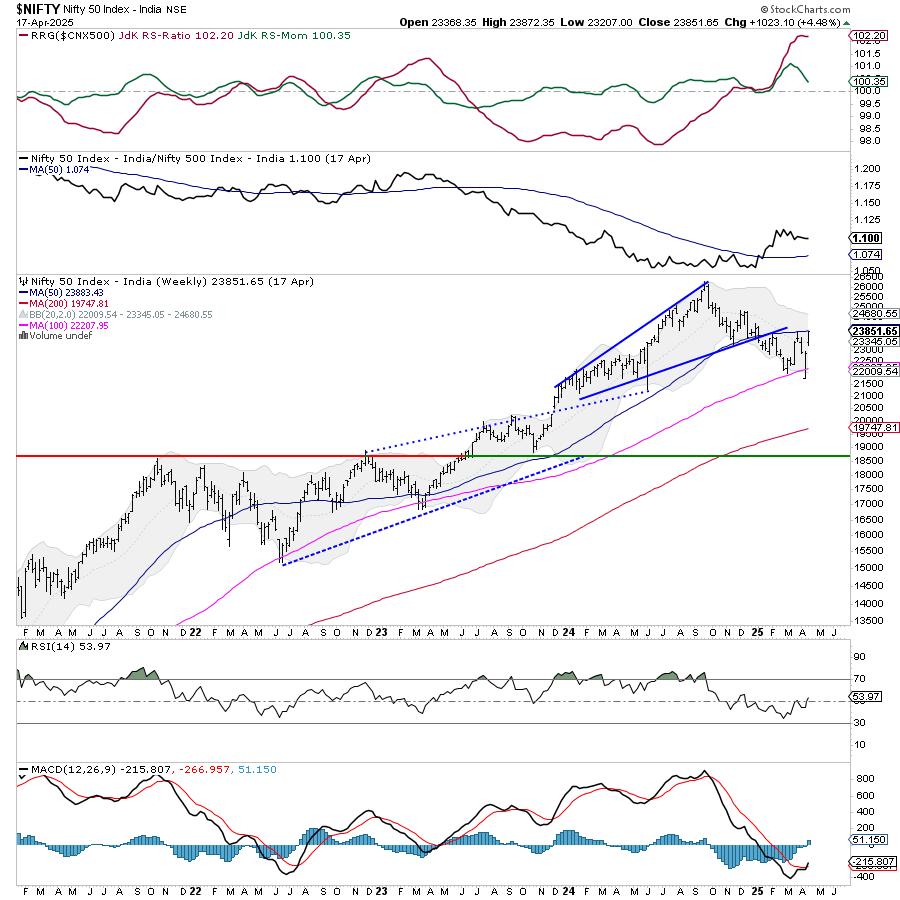Is this rally just another head fake?

Nio (NYSE:NIO) stock is firing on all cylinders, but this is a movie we’ve seen before, so it doesn’t necessarily have a happy ending. Still, with room for further share price gains, stock traders are interested in Nio’s upside potential.
Considering that the China-based automaker was on the verge of collapse during the COVID-19 crisis in 2020, it’s surprising to think that Nio stock is the most popular stock among traders right now. But times have changed, and Nio has clearly evolved into a serious stock. It’s a threat to Tesla (NASDAQ:TSLA) and other new energy vehicle competitors.
Are you on board to change your battery?
Before delving into Nio’s operating and financial numbers, prospective investors should seriously consider whether they are ready to “take it or die” with its battery replacement technology. This is because Nio is going all-in on battery replacement, replacing discharged electric vehicle (EV) batteries with fully charged batteries instead of connecting them to charging stations.
Most prominent EV manufacturers, including Tesla, have rejected this type of technology for a variety of reasons. Among the reasons are questions about the cost-effectiveness of battery replacement and whether it will gain traction among EV drivers already accustomed to using charging stations.
Nio, by contrast, is moving beyond just car manufacturing and shaking up the EV battery market as we know it. It’s a risky move because it will undoubtedly require both financial and human capital to advance a fairly new technology that cannot guarantee widespread adoption.
Nonetheless, Nio is pursuing battery replacement technology partnerships with two companies: Zhejiang Geely Holding Group and Changan Automobile. These partnerships indicate that Nio does not have the funds to develop this type of technology alone or with just one collaborator.
What prospective investors need to think about is whether Nio, a consistently unprofitable company, can actually afford to take on the role of EV technology pioneer. After all, it’s no longer 2021, and the days of easy money and low borrowing costs are over, at least for the foreseeable future. Moreover, EV demand is not as robust as some market participants expect.
In other words, now is the time for stock investors to make a choice. If Nio’s battery replacement ambitions don’t materialize, it could find itself in a much deeper financial hole. In the fiercely competitive EV industry, this is a disconcerting scenario.
A memorable November and December
If you’re on board with Nio’s risky foray into battery replacement, your next step is to research the company’s latest updates. First, there’s Nio’s November vehicle delivery update, which looked pretty good but still disappointed investors.
Here’s the scoop: In November, Nio delivered 15,959 vehicles, a 12.6% increase over the previous year. There’s nothing bad about the results, but this update caused NIO stock to fall.
Perhaps stock traders expected Nio’s EV deliveries to grow at a faster rate. By comparison, Li Auto’s (NASDAQ:LI) November vehicle deliveries increased 172.9% year-over-year, while XPeng’s (NYSE:XPEV) deliveries increased an astonishing 245%.
This growth rate puts Nio’s 12.6% to shame. On the other hand, Nio’s November EV delivery growth appears more sustainable than that of Li Auto or XPeng. If the market considers triple-digit growth rates normal these days, that’s not Nio’s problem, it’s the market’s problem.
Fast forward to December, and Nio has just released its unaudited third quarter 2023 results. Automakers supplied 55,432 EVs, a 75.4% increase over the previous year. This isn’t triple-digit growth, but it shouldn’t disappoint any rational investor.
In fact, NIO stock is on the rise right now after a rough patch from August to November. Are Skeptical Investors Finally Favoring Nio?
Perhaps they should consider taking a stock position in Nio as a fixer upper or potential comeback story. Notably, Nio’s total revenue reached $2.61 billion in the third quarter of 2023, up 46.6% year-on-year. So even if short-term stock traders don’t like Nio’s November stats, the big picture looks bright.
Of course, profitability remains elusive for Nio. The company posted a net loss of 4.56 billion yuan (US$6.25 billion) in the third quarter of 2023, an improvement compared to Nio’s 6.06 billion yuan net loss in the year-ago quarter.
Going forward, investors should expect Nio to continue closing its profitability gap. There is certainly no need for automakers to increase vehicle deliveries by triple-digit percentages.
All in all, NIO stock’s recent pop looks like the real deal and not just a fake. So holding a few Nio shares isn’t a terrible idea, as long as you understand the risks associated with the company pursuing battery replacement technology.



